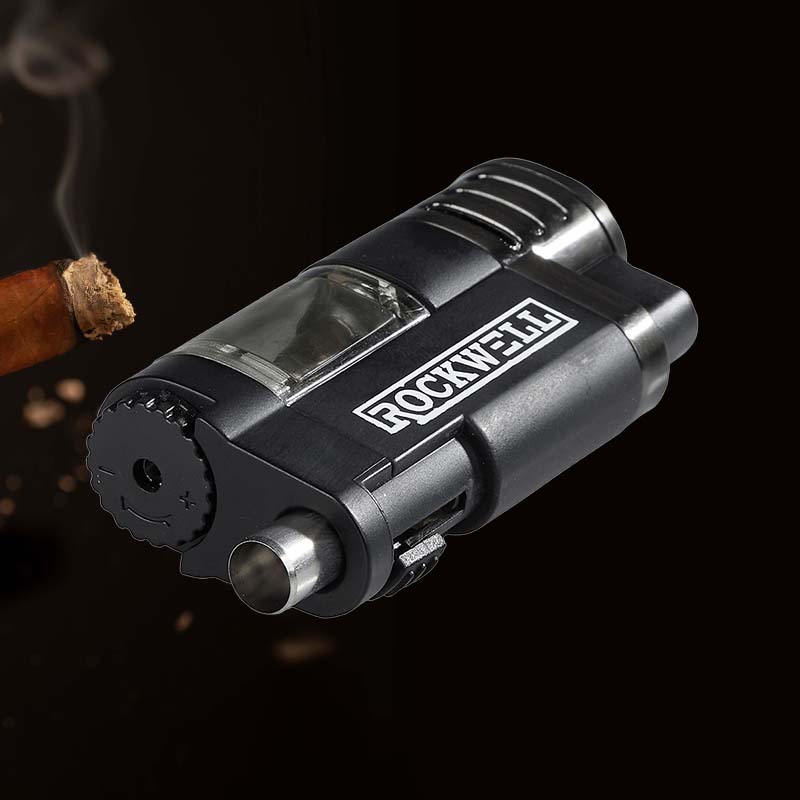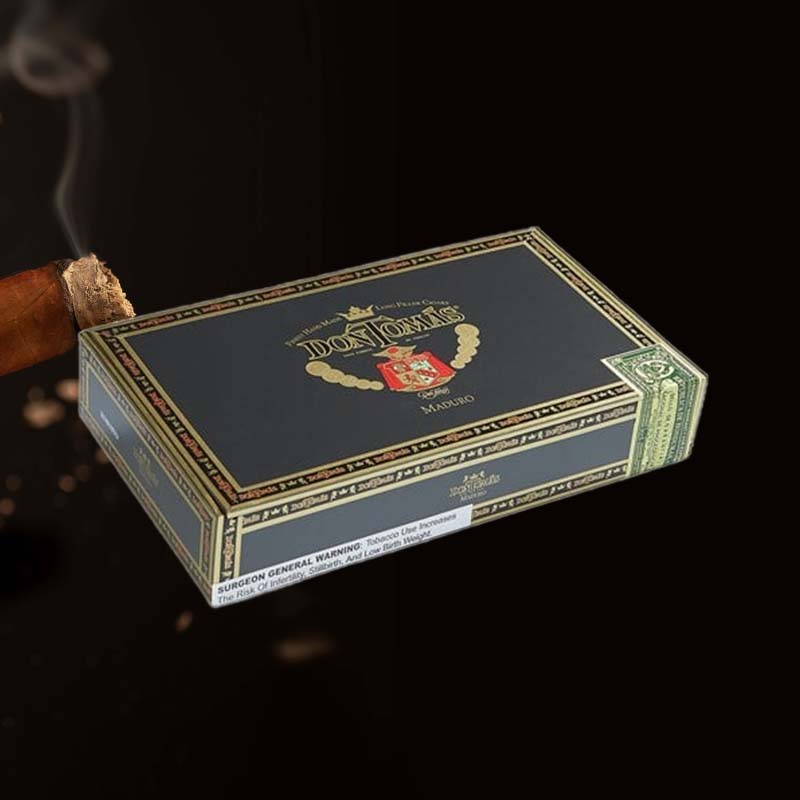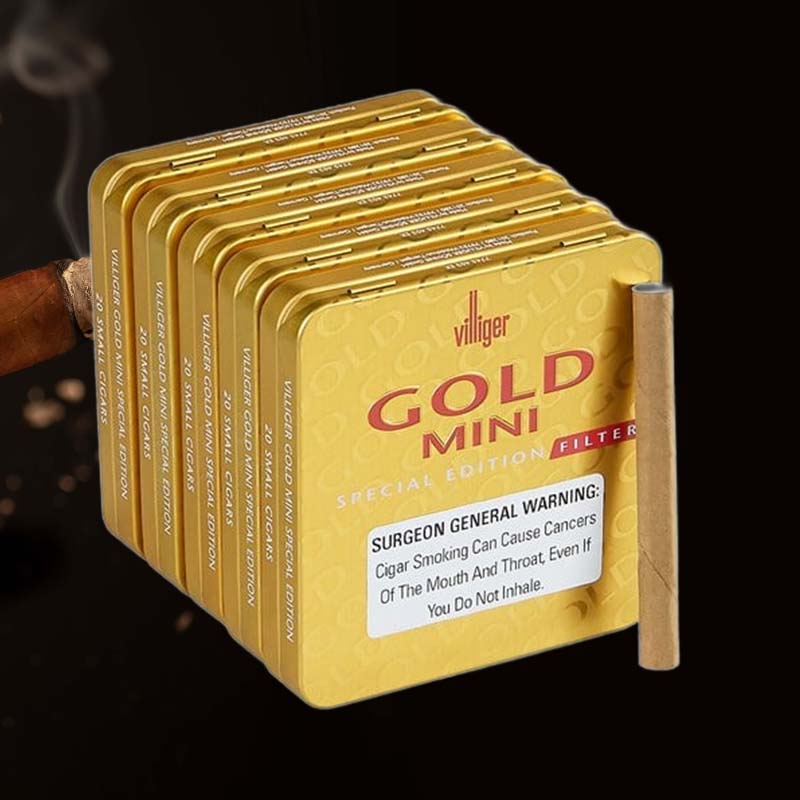Torch light drawing easy
In a world filled with digital gadgets, finding ways to express our creativity without screens can be refreshing. I remember the first time I tried torch light drawing; it was like opening a new door to imaginative possibilities! The feeling of tracing glowing shapes in the dark ignited a spark within me, leaving me captivated by this unique art form. If you, too, are intrigued by the idea of drawing with light, join me as we explore the ins and outs of torch light drawing, making it easy and enjoyable for anyone to start!
Torch Light Drawing Techniques
Simple Techniques for Beginners
Starting with torch light drawing doesn’t need to be daunting. Here are a few simple techniques that can help you get started:
- Tracing: Follow the outline of objects for a clear image.
- Freehand: Let your imagination flow without restrictions.
- Patterns: Create repetitive shapes to build an interesting design.
- Shapes: Start with basic shapes like circles and squares for familiarity.
Materials Needed for Torch Light Drawing

Essential Supplies for Success
Before diving into the fun, gathering the right materials is crucial. Here’s what you need:
- Torch or flashlight with adjustable brightness.
- A camera or smartphone capable of long exposure shots.
- A tripod for stability during shots.
- Dark space to enhance visibility.
- Optional: glow sticks or colored gels for added effects.
Setting Up Your Torch Light for Drawing

How to Prepare Your Workspace
Creating the perfect environment can greatly enhance your torch light drawing experience. To prepare:
- Find a dark location to avoid any light pollution.
- Set up your camera on the tripod facing the area where you’ll draw.
- Adjust the camera settings for long exposure.
- Ensure your torch or flashlight is ready and easily accessible.
Basic Torch Light Drawing Steps

A Step-by-Step Guide for Easy Drawings
Here’s how I typically approach torch light drawing, step by step:
- Set the camera with a long exposure setting.
- Choose your torch light and adjust the brightness.
- Start drawing slowly in the air, maintaining an even pace.
- Experiment with different angles and directions.
- Review the images and adjust your techniques as necessary.
Tips for Creating Stunning Torch Light Drawings
Expert Advice for Better Results
To elevate your torch light art to new heights, consider these expert tips:
- Practice in different dark environments to see varying effects.
- Use colored filters or gels for unique colors.
- Incorporate movement to create dynamic visuals.
- Plan your drawing beforehand for better execution.
Common Mistakes to Avoid in Torch Light Drawing

How to Ensure Your Drawing Looks Great
Fumbling through torch light drawing is common, but here’s how you can avoid pitfalls:
- Avoid using too bright a light source, which can overexpose your image.
- Don’t rush; take your time to maintain clarity.
- Make sure to stabilize your camera to avoid blurry photos.
- Don’t be discouraged by initial results; practice makes perfect.
Inspiration for Torch Light Drawings
Where to Find Ideas and Themes
When searching for inspiration, I often turn to:
- Nature: Use natural elements for intriguing silhouettes.
- Everyday objects: Simple items can become extraordinary with light.
- Seasonal themes: Capture the essence of holidays and festivities.
- Art forms: Look at famous artworks for reinterpretations with light.
Advanced Techniques for Experienced Artists

Taking Your Skills to the Next Level
Once comfortable, you might want to explore advanced techniques such as:
- Layering: Overlay multiple light drawings for depth.
- Timed sequences: Use timing to create animations.
- Mixed media: Integrate other media like charcoal or paint.
How to Effectively Use Shadows and Highlights

Creating Depth in Your Drawings
Utilizing shadows and highlights will give your drawings more dimension. Consider balancing dark and light areas to guide the viewer’s eye throughout your piece.
Exploring Different Styles of Torch Light Drawing

Various Approaches and Techniques
There are plenty of styles to experiment with in torch light drawing, such as:
- Abstract: Let shapes emerge from your subconscious.
- Figurative: Create recognizable forms using light.
- Text: Write words or messages artistically.
Sharing and Showcasing Your Torch Light Drawings
How to Present Your Artwork
Once you’ve created some artwork, you’ll want to share it with others! Here are some ideas for showcasing your drawings:
- Social media: Share on platforms like Instagram or Flickr.
- Art shows: Participate in local galleries or exhibitions.
- Online portfolios: Create a website to showcase your work professionally.
Conclusion

Final Thoughts on Torch Light Drawing
Torch light drawing has opened new avenues for creativity and imagination. I hope this guide inspires you to explore this fascinating art form and create stunning visuals that express your unique perspective.
Further Resources and Tutorials
Where to Learn More
If you’re eager to learn more, I recommend checking out online tutorials or local workshops that specialize in light painting. YouTube has some insightful tutorials that can provide additional tips and tricks!
Frequently Asked Questions About Torch Light Drawing

Common Queries and Answers
Here are some common questions I often hear along with my answers:
How to make torch light for school project?
Use a flashlight or torch, power banks, and a desired light source like colored gels to create a more engaging project.
How do you draw a star?
Quickly outline a star shape in the air, connecting the points clearly to enhance visibility in your shot.
How to draw an easy whistle?
Start by sketching the circular ending followed by the long shaft while guiding the light in smooth, fluid motions.
How do you draw a battery?
Draw a rectangle with rounded edges for the battery body, adding smaller rectangles at either end for the connectors.
User Gallery Submissions

Share Your Own Torch Light Drawings
I’d love to see your creations! Feel free to share your torch light drawings and inspire others to join this fun artistic journey.
